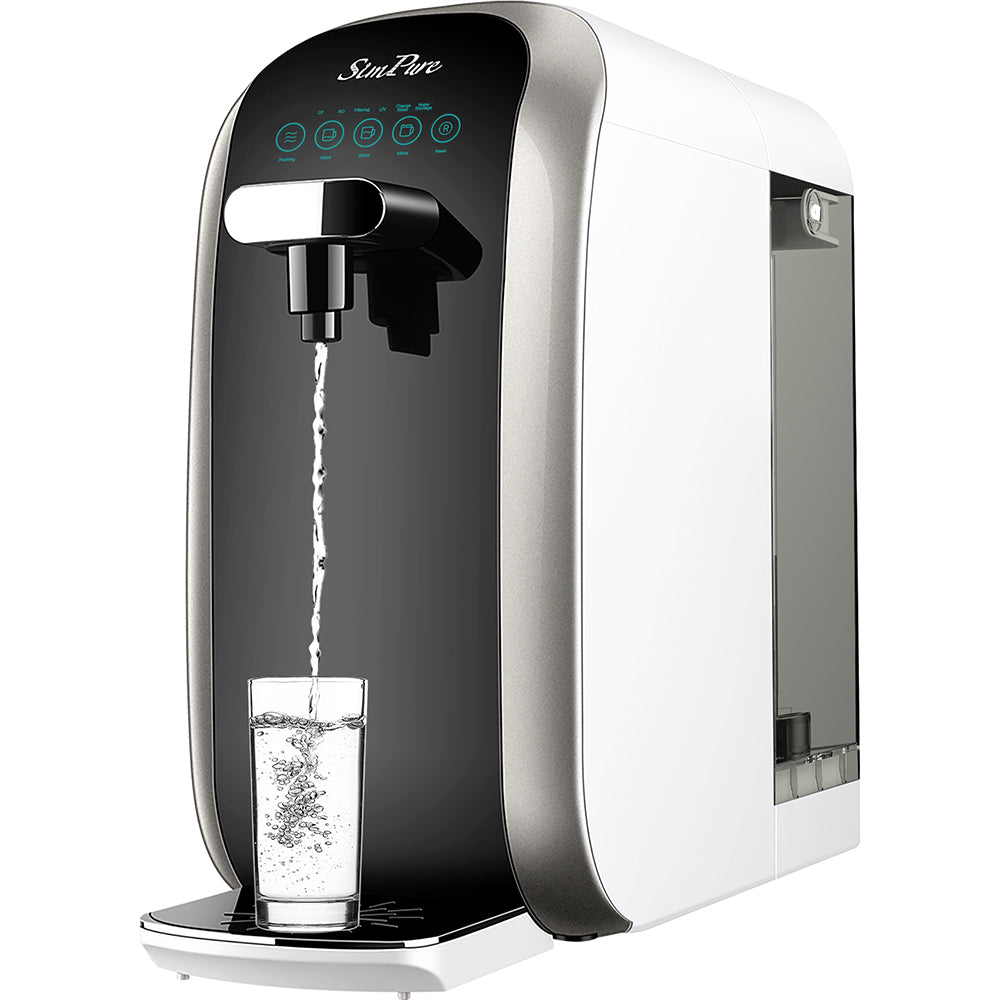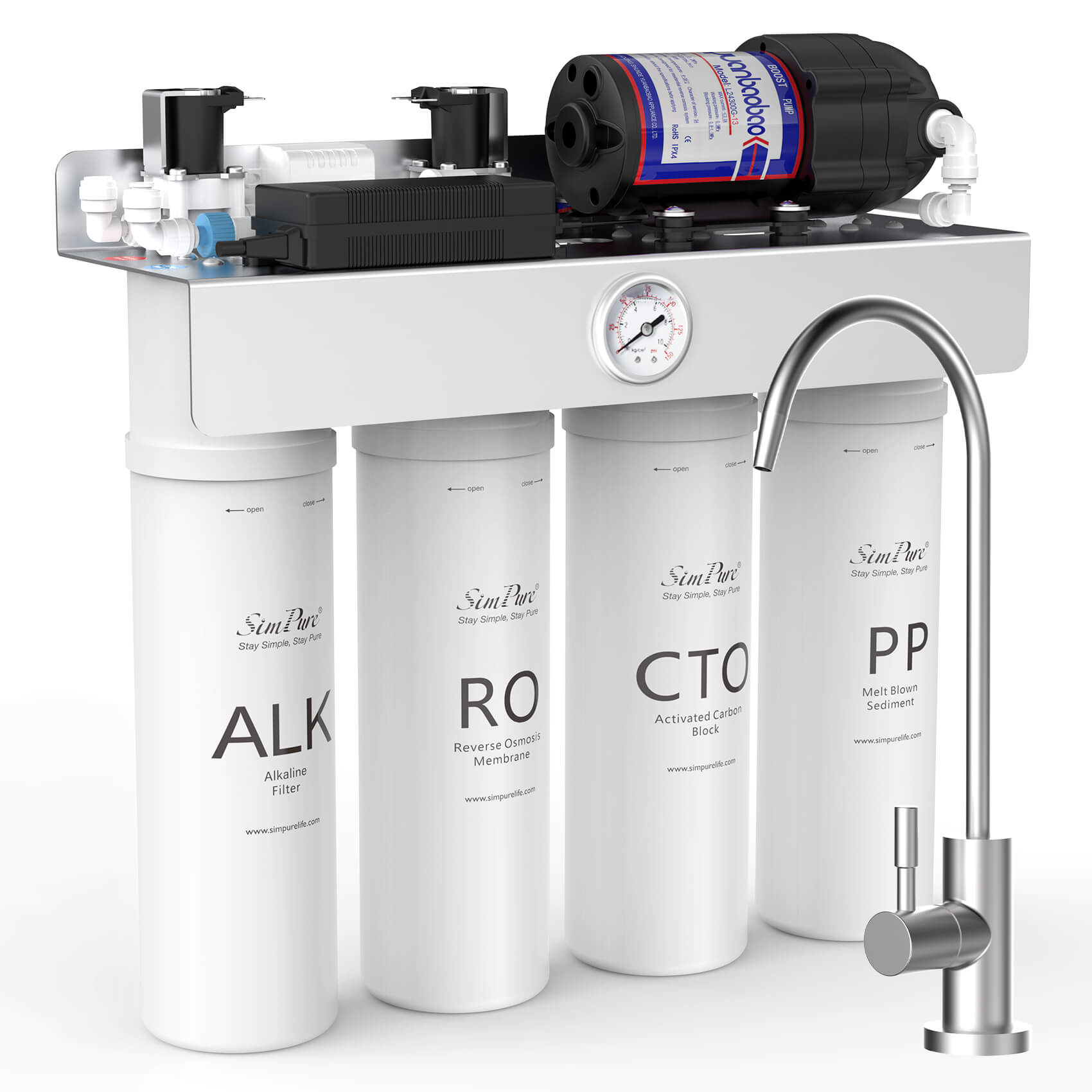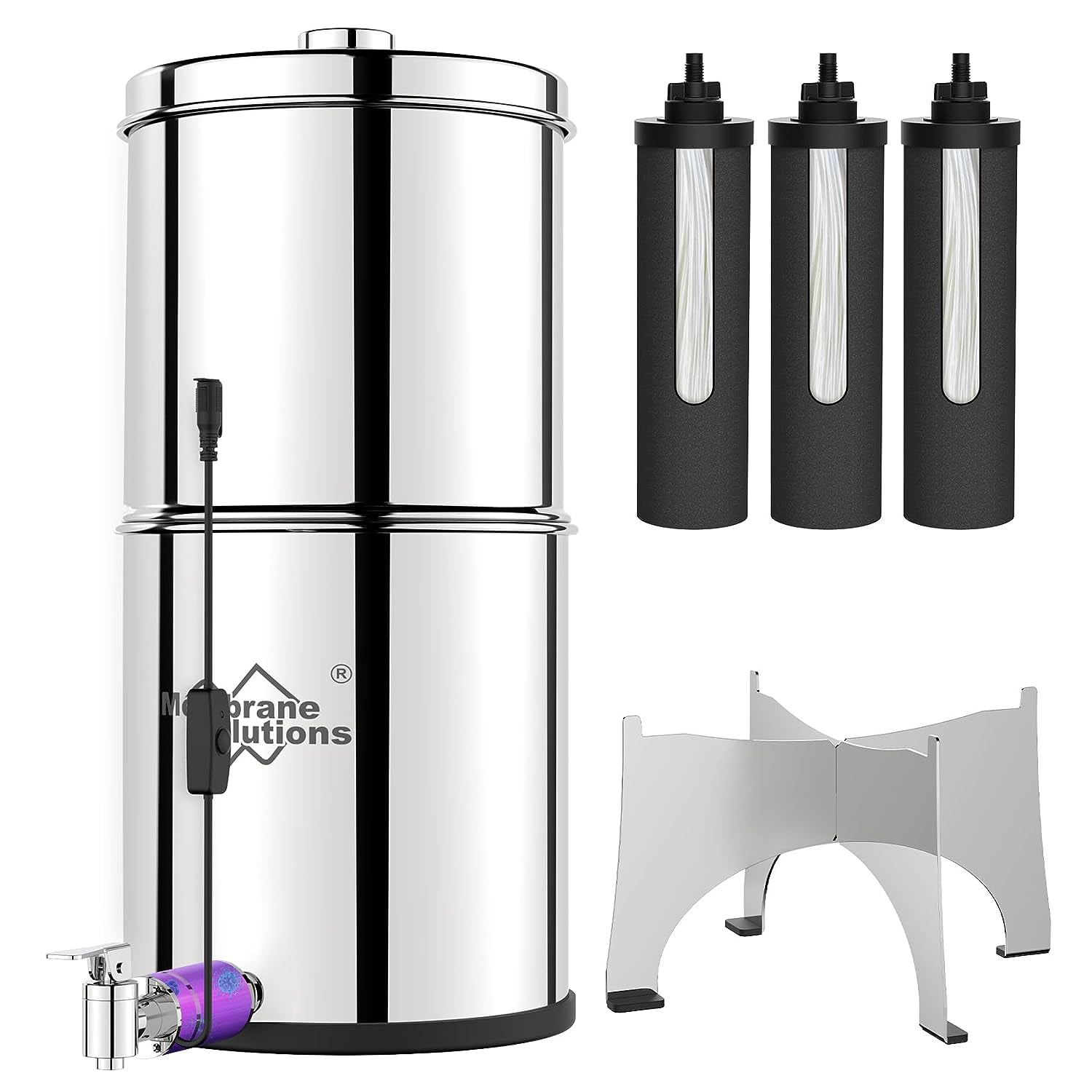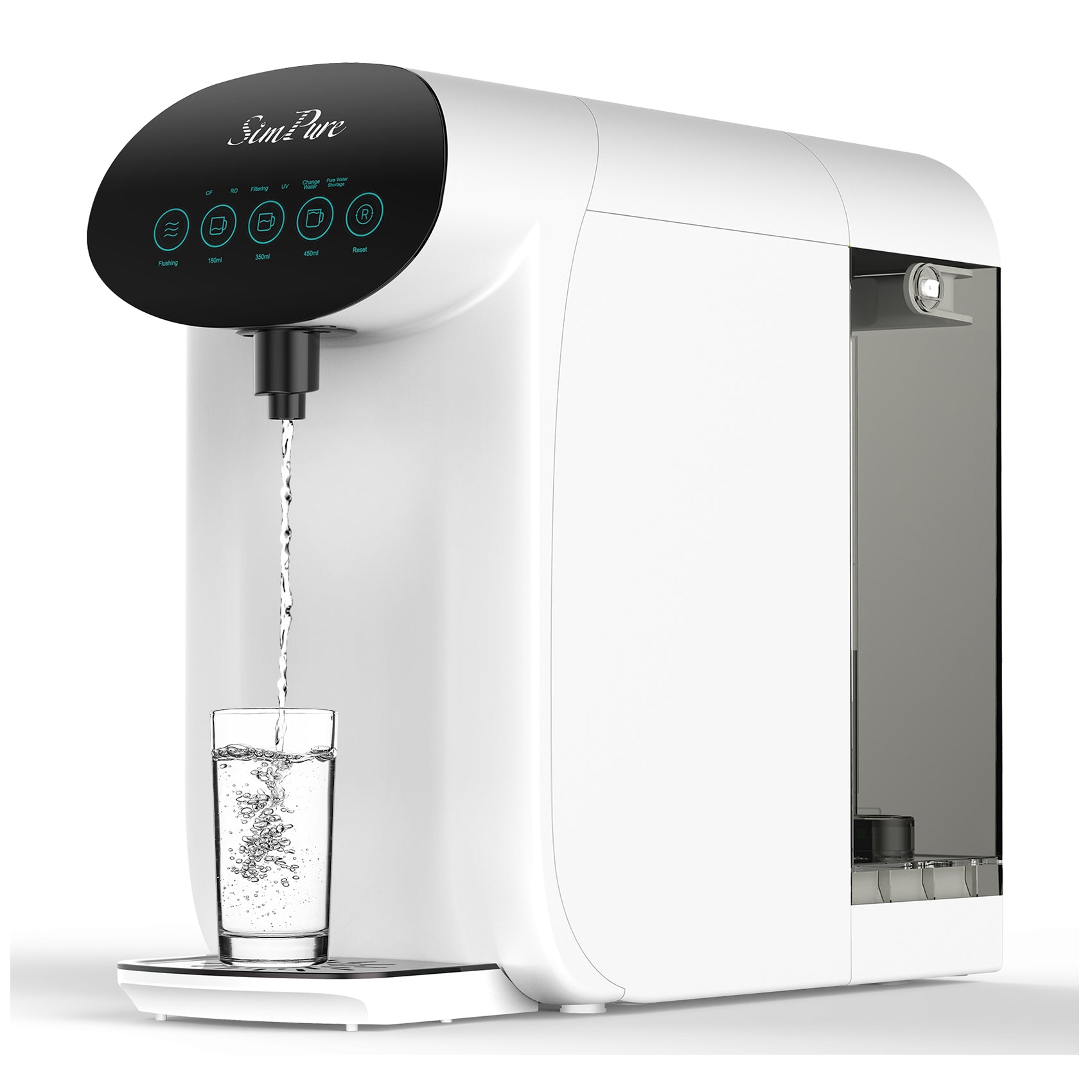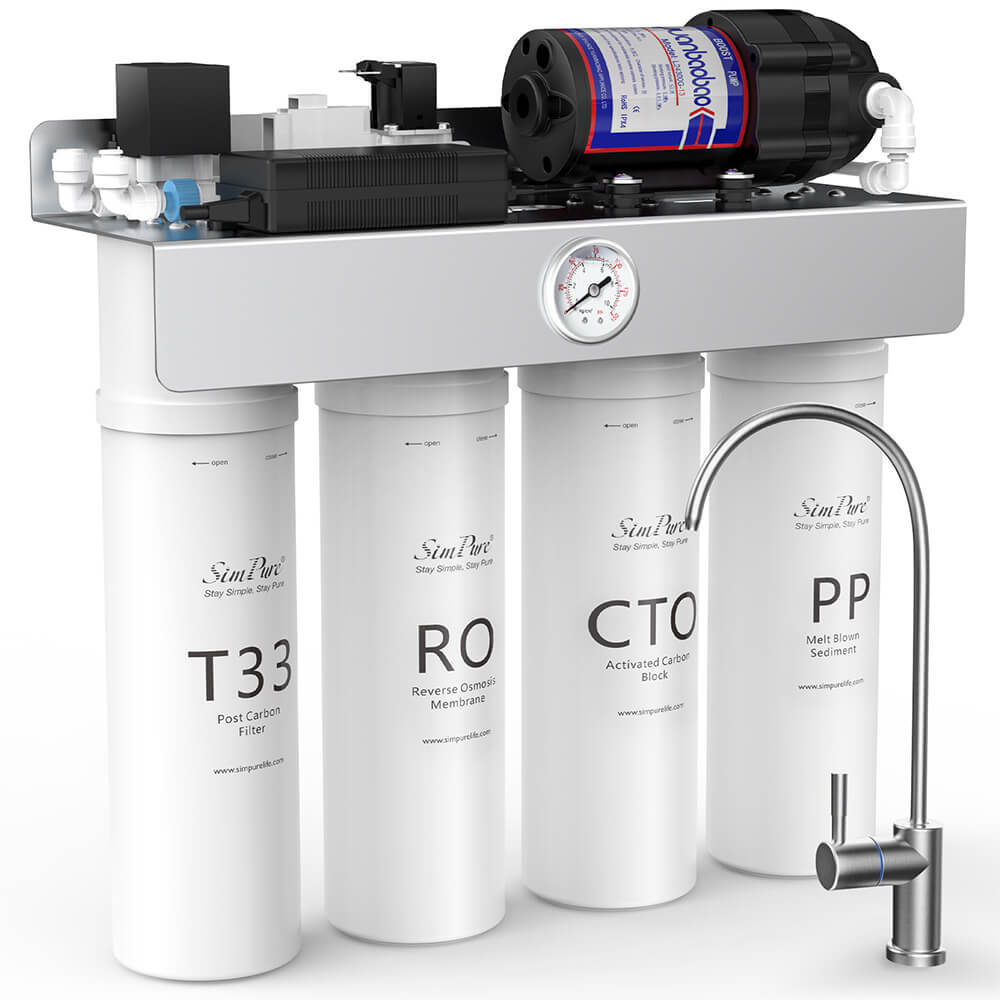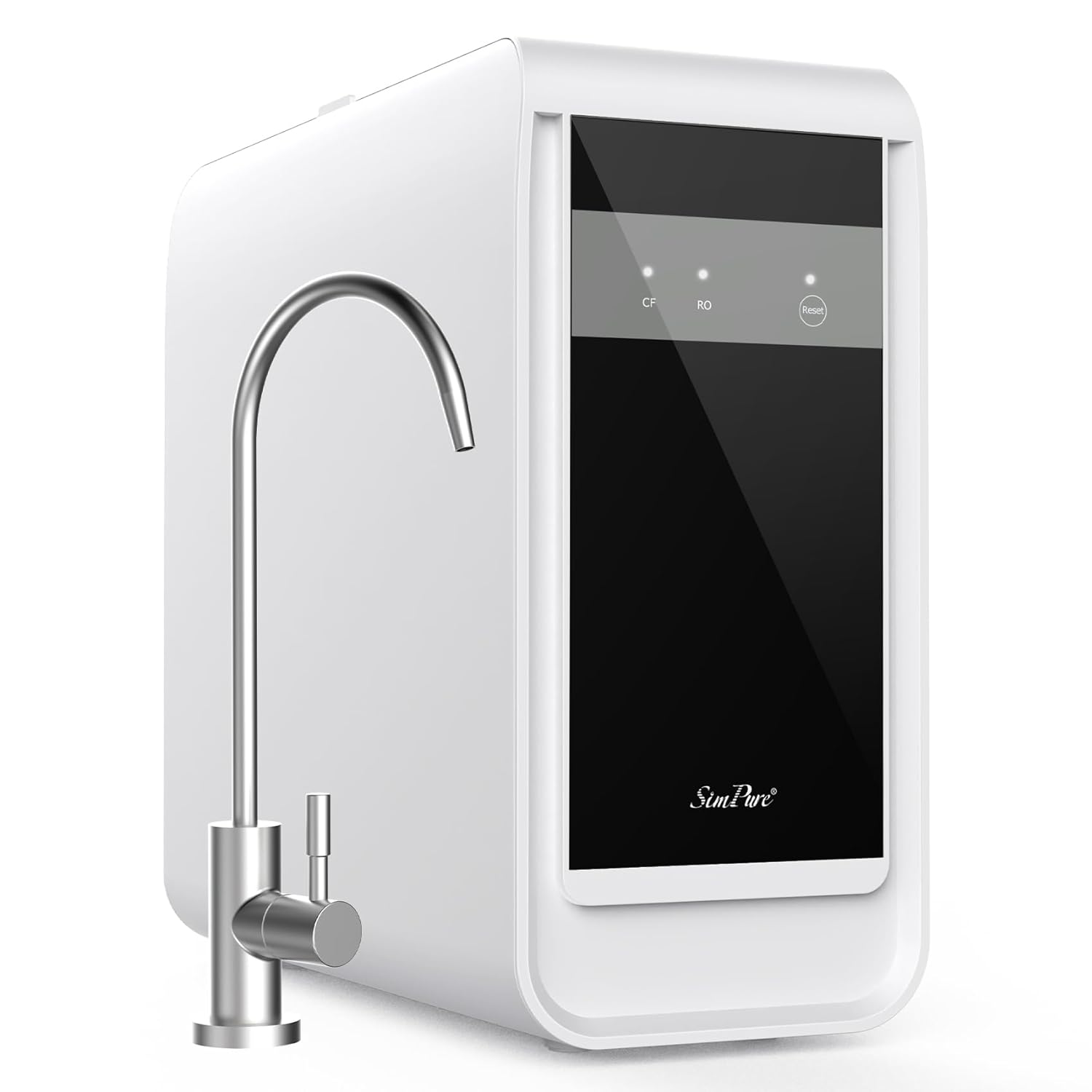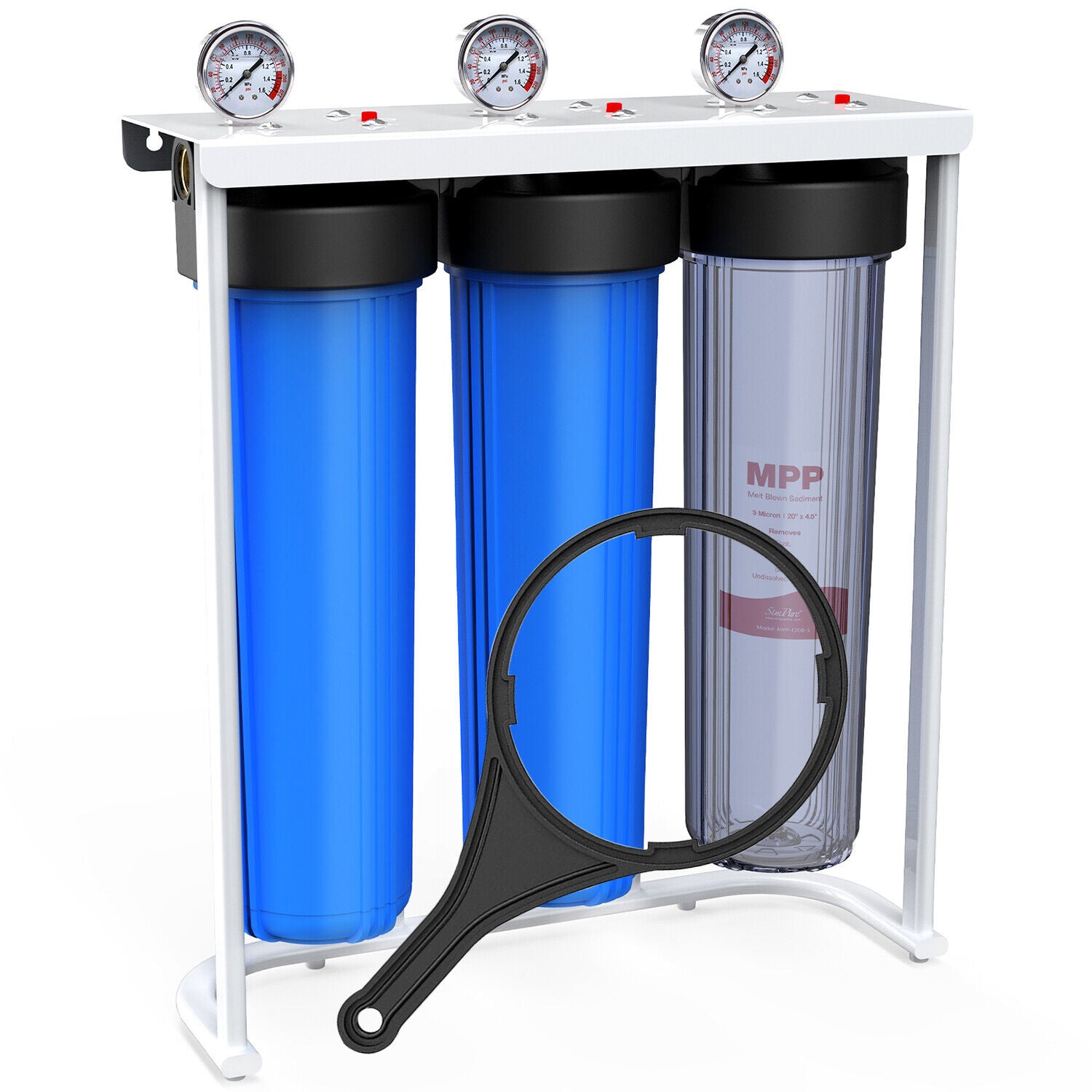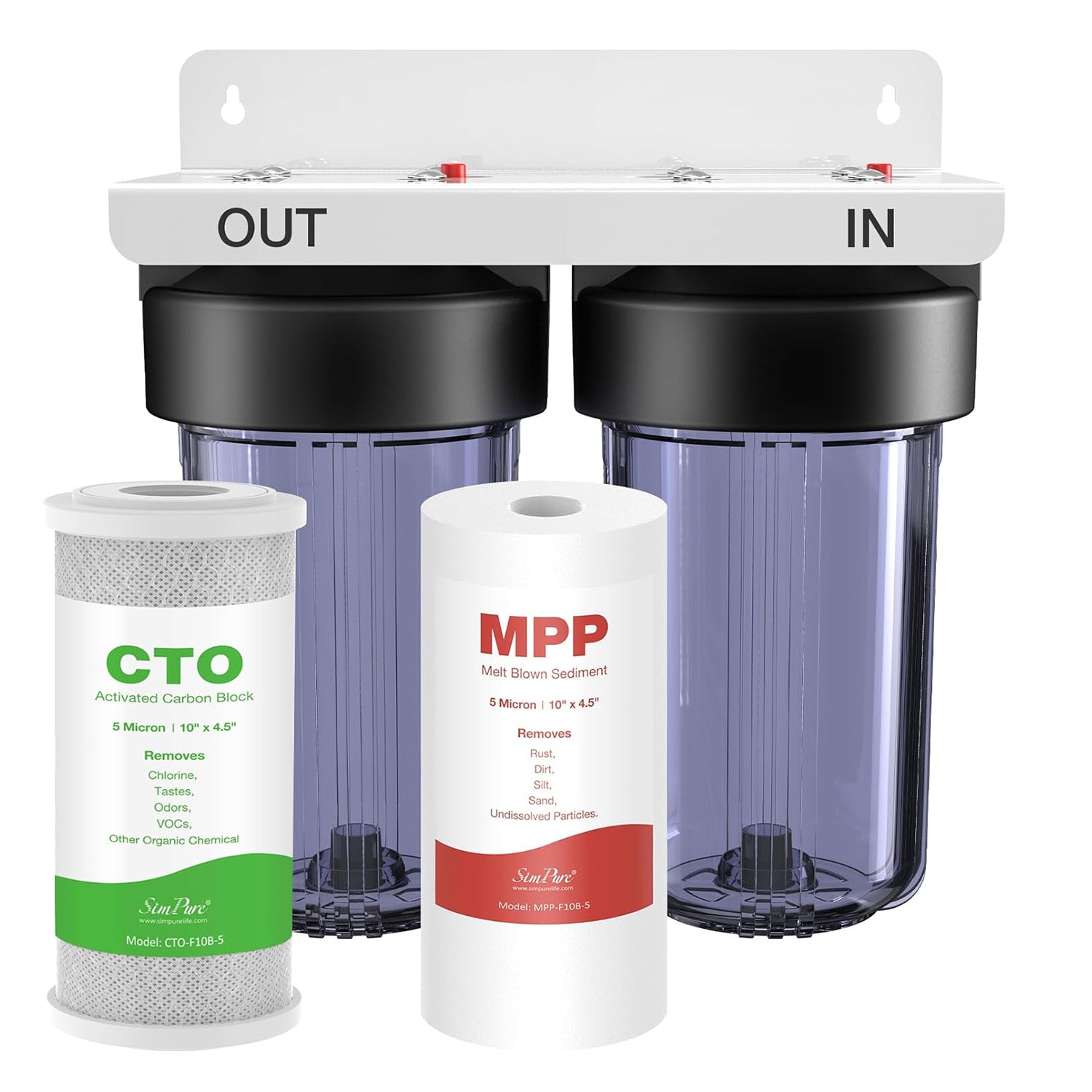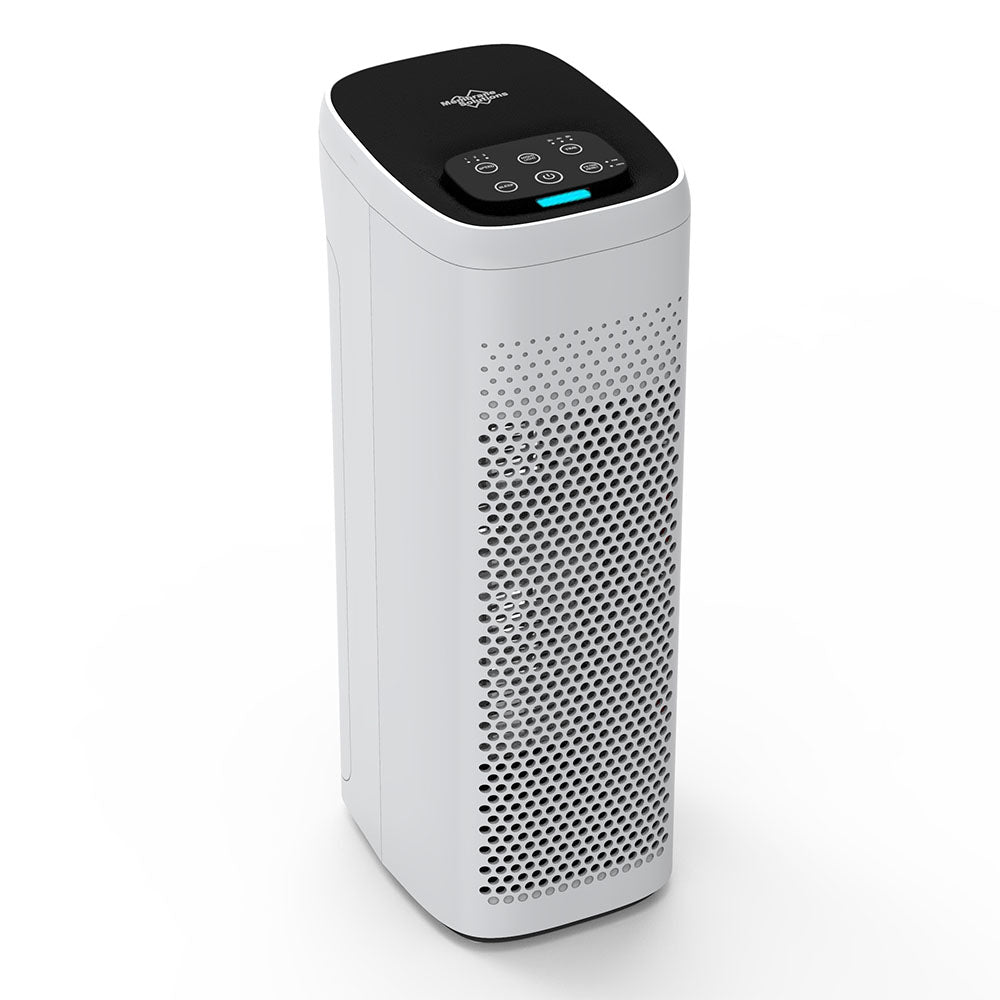What Is RO Membrane Filter?
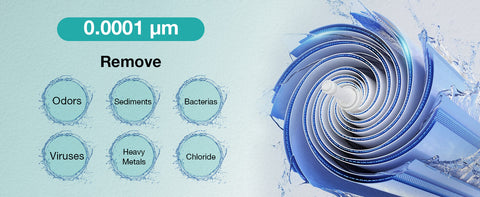
The reverse osmosis (RO) membrane is a type of separation membrane used in water treatment. Similar to other filtration membranes like ultrafiltration membranes, it allows water to pass through while trapping impurities and viruses. The term 'reverse osmosis' refers to the principle it operates on: using pressure difference to separate solvent from solution. When pressure exceeds osmotic pressure, solvent moves against its natural direction. For instance, treating seawater with RO yields fresh water as permeate and brine as concentrate.
How Does Reverse Osmosis Work?
The work of reverse osmosis membrane requires external force to apply pressure to the solution on one side of the membrane. When this pressure is higher than its osmotic pressure, the solvent will reverse osmosis against the direction of natural osmosis. Under the action of pressure, the reverse osmosis membrane The pores of the membrane are only 0.0001 microns. Because the pore size of the RO membrane is one millionth (0.0001 microns) of the hair, it is generally invisible to the naked eye. Bacteria and viruses are much more larger.
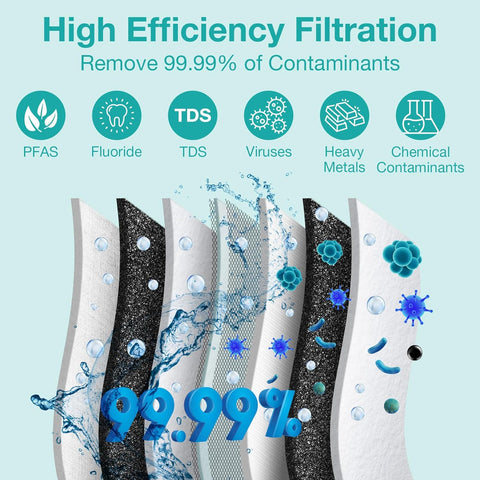
Therefore, there are only water molecules and some mineral ions. It can pass (the passing ions have no loss orientation), and the impurities such as inorganic salts, heavy metal ions, organics, colloids, bacteria, viruses, etc. in other source waters cannot pass through the RO membrane and are discharged from the waste water pipe. Some impurity molecules, chemical ions, bacteria, fungi, virions, etc. cannot pass through, and will stay on the side where the thick liquid is dissolved and then be discharged. Thus, a clean solution, that is, permeate, can be obtained on the low pressure side of the membrane. The concentrated solution obtained on the high-pressure side is the concentrated solution.
In this way, pure water that can be permeated and concentrated water that cannot be permeated are strictly distinguished. If it is used in the desalination industry, fresh water can be obtained on the low pressure side of the membrane, and brine on the high pressure side. Because the reverse osmosis membrane is simple to use and has a good filtering effect, it is widely used in the water treatment industry.
Do I Need RO Membrane Filter?
Yes, you may need an RO membrane filter for superior water purification. RO membranes effectively remove contaminants like heavy metals, chemicals, and microorganisms, providing clean and safe drinking water. Especially if your water source contains high levels of impurities or if you're concerned about health risks, an RO membrane filter offers an efficient solution. It ensures that harmful substances are effectively eliminated, enhancing the quality and safety of your drinking water.
For reliable water purification, consider RO systems like SimPure RO. With advanced filtration technology, SimPure RO systems effectively remove contaminants, ensuring clean and safe drinking water. SimPure prioritizes quality, offering efficient and durable RO systems that provide peace of mind for your household or business. Enjoy the convenience and confidence of SimPure's user-friendly designs and exceptional performance.




